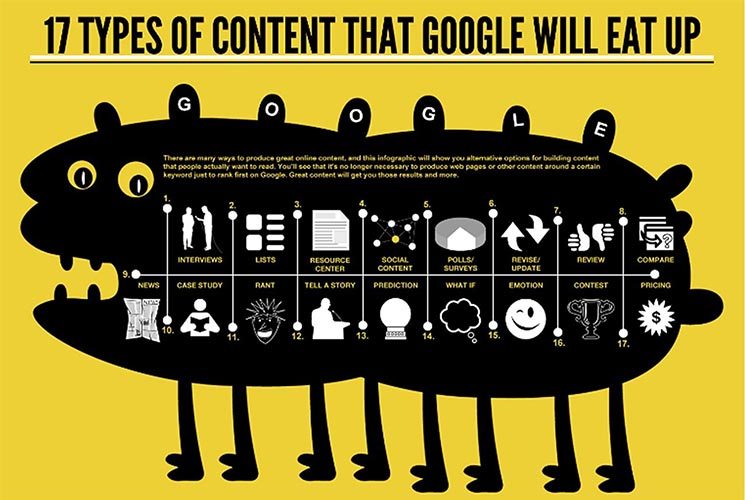Content marketing 101
Are you ready to implement content strategy in practice?
In our previous article, you learned a brief history of content marketing and read about the role this marketing tactic has played for both small and now large companies.
Content marketing is not a one-time move, nor will it generate millions of revenue overnight. It should be approached as a long-term idea.
How to take the first step?
To begin with, put yourself in the position of your target customers – what interests them, what do they need, and what are their habits? Think about the questions they would like to have answered when they visit your website or social media profiles. Consider the inquiries you receive by phone, email, or in person – if there is a frequently asked question, it means you either lack information on your website or it is difficult to find. Regardless, keep in mind that your task is to make it easier for customers to find information and shorten the time it takes for them to access the desired information. Review your website – add necessary information, improve navigation, and if you haven’t already, start writing a blog.
How to decide what type of content to share?

No matter what type of content it is, it should be related to you, the service or product you sell, and your branding. Not all types of content work the same way in every case – sometimes images will work better, other times video clips, and sometimes text – it all depends on the interests of your target audience. Therefore, make an effort to get to know them well.
Where to share content?

Your website should be the base. That is the goal you want potential customers to reach. The majority of your content should be consistently available on your website. After publishing all that original content, make sure it doesn’t stay solely on your website; share it on social media, advertise it on search engines, or send it in the form of newsletters. The key is to create useful, interesting, and educational content that you will distribute through various channels to the right audience.
How to track success?
Two words – Google Analytics. It will provide you with all the necessary information – the number of visitors to your site, how they arrived, at what times, how long they stayed, which pages they spent the most time on, and more. And if you need something more robust and comprehensive, use Segment.io or Omniture. All you need to do is interpret the results well and take corrective actions. If you’re unsure about interpreting the data, there are digital agencies that can do it for you.
A few more reasons for content marketing:
- Fresh, dynamic content on a daily or weekly basis will fare well with Google. The more content you share related to specific topics, the better. A quality thematic blog will eventually improve your website’s search engine ranking and increase your visibility in searches.
- Quality content retains existing clients. Instead of one-time sales, occasionally publish a useful blog post that solves one of the problems your potential and existing customers have. If a piece of content helps them solve a problem, believe me, they will remember you more than a company that gave them a flyer or made a phone call.
- Quality content can help you build your mailing list. Offer an e-book in exchange for an email address – fair trade, isn’t it? Users are happy because they have access to content that interests them, and you’re happy because your mailing list grows.
- It strengthens your knowledge. By writing about interesting and important topics related to your business, you will not only educate others but also solidify and deepen your knowledge through research and in-depth exploration of the topics. Additionally, you will present yourself to potential clients as an expert who knows and can solve their problems in the best possible way.







